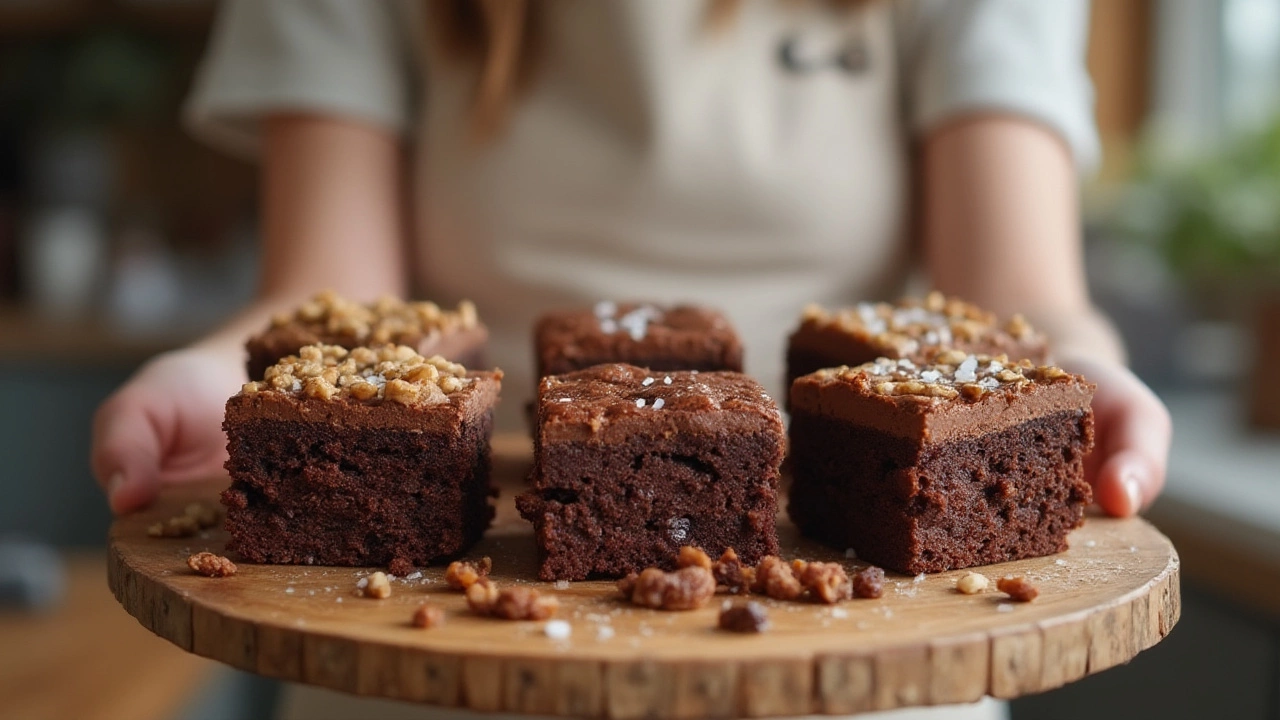
Brownies are one of those desserts that spark debate. Fight me in a coffee shop, if you must: Are you a chewy corner person, or do you grab the fudgiest, gooey-est square from the middle of the pan? This little chocolate square has come a long way since its birth in America, and it keeps surprising us—barely two brownies are ever the same. From deep-dish bakery slabs to secret family recipes made in grandma’s kitchen, brownies attract fiercely loyal fans. We’re bombarded with options—blondies, frosted contenders, even gluten-free blocks that taste (almost) sinful. What’s the difference between a cakey brownie and one that pulls apart in dense fudge strings? Is a vegan brownie even legal? Let’s break this down and open the world of brownies, one batch at a time.
Classic Brownie Styles: Cakey, Fudgy, and Chewy
If you lined up five people and handed them each a brownie, chances are, at least three would have very opinionated things to say about what makes the perfect square. Most of this boils down to texture. The classic American brownie comes in three main styles: cakey, fudgy, and chewy. The difference is real—and it’s all about the amount of fat (butter or oil) vs flour, the type of chocolate, and even how long you whip the eggs and sugar.
Cakey brownies edge closer to cake territory, with more flour and sometimes a kick of baking powder. They’re fluffier, lighter, and crumb a bit when you bite in. Some recipes go wild and whip up eggs for an extra lift, while others depend on cocoa for a less intense chocolate taste. Cakey brownies are often ideal when you want something to balance out a rich meal, or if you plan to pile on a scoop of ice cream on top.
Then there’s the *fudgy* camp—fans swear by dense, decadent, almost truffle-like squares. Fudgy brownies have more fat and chocolate (often melted dark chocolate), less flour, and the trick is just enough baking time so they set but stay glossy in the middle. These are the ones that stick to your teeth and make your eyes roll in bliss with every bite. People have their tricks; one New York bakery swears that letting the batter rest overnight deepens the chocolate flavor. Want to up the fudge factor? Add a splash of espresso to the mix so the chocolate sings.
Chewy brownies get their bounce from an even split of butter and brown sugar (sometimes corn syrup or honey shows up to help). You’ll spot that papery, shiny crust—a sign you’ve beaten the eggs and sugar enough. Some big bakery chains go heavy on chewy brownies, slicing them exactly so you get edge and center in every bite. The result? A sturdy treat that stands up to milk dunks or, if you like a little texture, bonus add-ins like walnuts work perfectly here.
"Brownies are one of the few desserts that tell you instantly how good they are with that first, distinct aroma from the oven—the mix of chocolate and butter is almost impossible to fake." — Stella Parks, author of ‘BraveTart’
So, if you’re after a classic, it helps to know what you crave: fluffy, dense, or chewy. Pick your recipe, tweak your ratios, and the results will surprise you. The best part? Even flops tend to disappear fast at parties—brownies, it turns out, invite forgiveness.
Modern Twists: Flavors, Fillings, and Toppings
Things got wild in the last decade. The brownie’s base is like a blank ticket for creativity. You’ll meet chocolate-mint swirls, peanut butter ribbons, caramel or dulce de leche drizzles, and even rocky road versions that go off the rails with marshmallows and roasted nuts. Bakers add *espresso powder,* sea salt, citrus zest, or a splash of bourbon—suddenly your basic tray bake graduates to dessert stardom.
Fillings have gone crunchy and gooey. Think white chocolate chips, toasted pecans, chunks of toffee, or—if you’re in a risk-taking mood—a generous swirl of tahini or miso for umami complexity. Some cafes in Auckland push the envelope, mixing browned butter for a nutty base, using local Manuka honey, or sprinkling freeze-dried raspberries for a color and flavor pop. You’ll also see brownies topped with everything from thick ganache, glossy fudge sauce, or even retro-style sprinkles. Ordering at a bakery in 2025 can feel like choosing toppings at a frozen yogurt bar.
One trend worth mentioning: the brownie-blondie mash-up. Blondies skip the chocolate in favor of butterscotch or caramel flavors, but plenty of bakers now create marbled trays—half rich cocoa, half golden buttery heaven. Want a flavor hack? Toss in small cubes of dark chocolate or even a handful of pretzels for a sweet-and-salty crunch. People have even started adding a line of cookie dough in the middle to create “brookies”—basically, the dessert equivalent of a power couple.
What about going global? Matcha brownies, or “greentea brownies,” now pop up in stylish cafés, especially in New Zealand’s ever-inventive food scene. Ingredients like dulce de leche show up in Latin-American inspired brownies, while a hint of cardamom or chili powder brings a spicy twist from India or Mexico. Some Auckland bakers now play with freeze-dried passionfruit or kiwifruit jams, delivering a bit of local zing. Maybe the wildest? Savory-sweet brownies, with bacon bits or smoked salt, for the truly adventurous taste buds. If you love experimenting, brownies are your laboratory—just watch the ratios, and never bake distracted (we’ve all been there!).
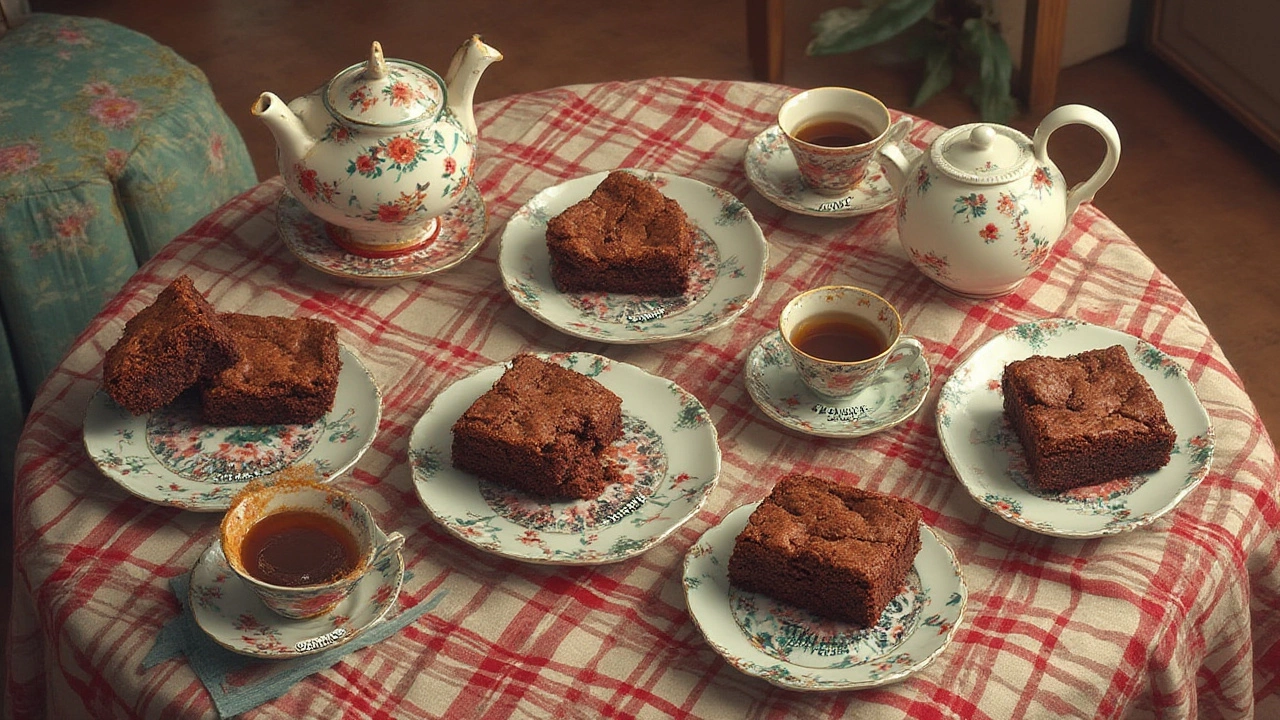
Alternative Brownies: Vegan, Gluten-Free, and Other Dietary Needs
Here’s the best news for anyone with food allergies or special dietary needs: you don’t have to miss out on brownies. There are genius ways to make them vegan, gluten-free, dairy-free, or even suitable for keto diets. Vegan brownies skip eggs and dairy, but a good recipe will still shock your chocolate-loving friends. Top swaps include flax eggs, mashed banana, or apple sauce for binding, coconut oil or avocado for richness, and plant-based milk. The trick is to use lots of real, high-quality cocoa (some Kiwi vegan bakeries won awards using single-origin dark chocolate), and if you can, let the mixture rest before baking for better texture.
When it comes to gluten-free brownies, you’re spoiled for choice. Almond flour is the go-to for a nutty, moist bite, while oat flour brings chew. Rice flour and potato starch create light, fudge-like squares. Tip: Whip eggs and sugar long enough to work in extra air, because some gluten-free flours produce a denser result. Some bakers use gluten-free flour blends—Bob’s Red Mill and New Zealand’s local bakers supply plenty. You never have to panic about missing out during birthday parties anymore.
Keto brownies drop the sugar and go big on dark, high-fat cocoa, using sugar alternatives like erythritol or stevia. They might not taste exactly like grandma’s version, but for anyone watching carbs, they’re worth a try. Dairy-free brownies often lean into coconut or almond milk, vegan butter, and sometimes you’ll see sweet potato or beans as a base—black bean brownies are oddly delicious and super fudgy.
Texture can be a challenge with these alternatives, so bakers experiment with ingredient combos. Let’s be honest: not every healthy brownie tastes amazing, but when you strike gold, you get all the joy with none of the regret. If you’re baking at home, use smaller pans for vegan or gluten-free recipes as they don’t rise as much.
What’s wild is that the allergy-friendly market is only growing. In 2024, an Auckland dessert bar launched “build-your-own” gluten-free brownies, letting you pick your milk, chocolate, and even superfood add-ins like spirulina or hemp seeds. They sold out in days. If you want to hack a boxed mix, just swap eggs for a plant-based alternative and check the flour—some mainstream supermarkets now have gluten-free or vegan brownie box options that taste just as good as the original.
Tips and Tricks for Nailing Your Brownie Game
No matter your style, brownies are all about the little details. First, measure ingredients with care. The difference between fudgy and cakey is often just a tablespoon of flour. Use good-quality chocolate or cocoa powder—skip the baking aisle “milk chocolate chips” for something dark and real. If the recipe says to melt butter and chocolate together, don’t rush and burn it: gentle heat is the secret here, and a microwave or double boiler both work. For that glossy, crackly top, beat eggs and sugar until pale and thick (even if your arm aches, it’s worth it).
Bake at the right temp: too hot, and you’ll get dry edges and an undercooked middle; too low, and they dry out flat. Test brownies early, with a toothpick—the difference between gooey and dried out is just minutes. Most experts say to cool brownies in the pan before lifting them out. That’s hard, I know, but it lets them finish setting so you get clean edges. If slicing matters, try popping brownies into the fridge for 30 minutes before cutting; wipe the knife between slices for that perfect look.
Add-ins are awesome, but don’t overload your batter or brownies crumble. Fold nuts, chocolate chunks, or berries in right at the end. If you want barely-set gooey brownies, take them out when a few moist crumbs cling to the tester. For firmer, portable squares for picnics or lunchboxes, let them cool completely. Love classic *chewy brownie flavors*? Try swapping white sugar for half brown sugar. Need gluten-free? Sift your flour for lighter texture and use almond meal for richness.
Types of brownies are endless, so tweak until you find your perfect fit. Try new things: top with ice cream, swirl peanut butter or tahini, or add a pinch of smoked salt for wow factor. And remember, even a “bad” brownie is usually better than no brownie at all—plus, mistakes taste great with coffee the next morning.
The world of brownies isn’t about rules—it’s about having fun, feeding your cravings, and getting a little chocolate on your hands. Next time you bake, dare to switch up one thing, swap a new flavor, or turn the oven temp a little lower for chewy edges that vanish before you can blink. No two brownies are ever quite the same, and that’s exactly why we keep coming back for more.


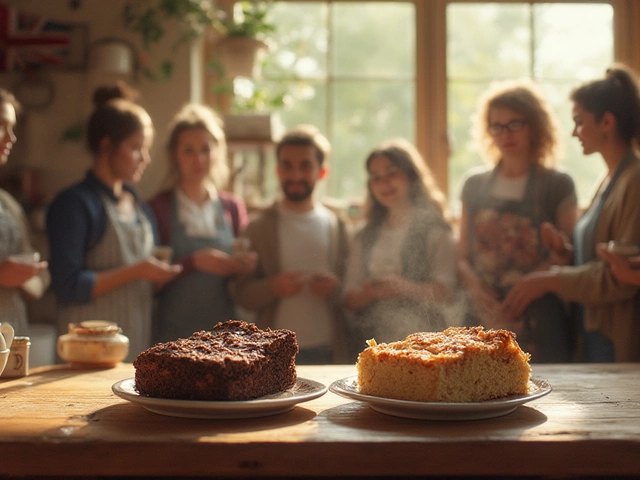
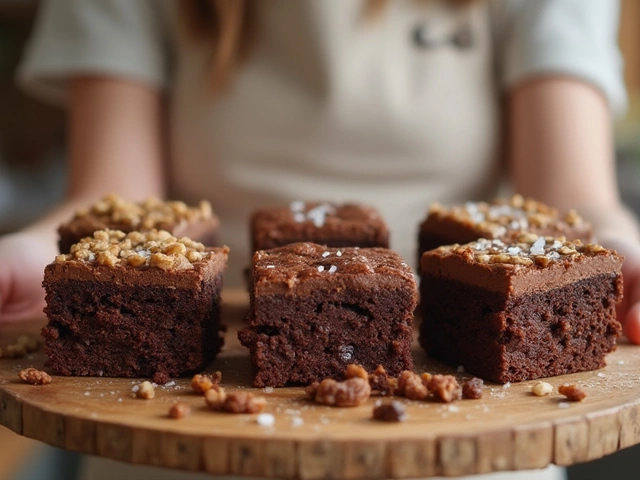

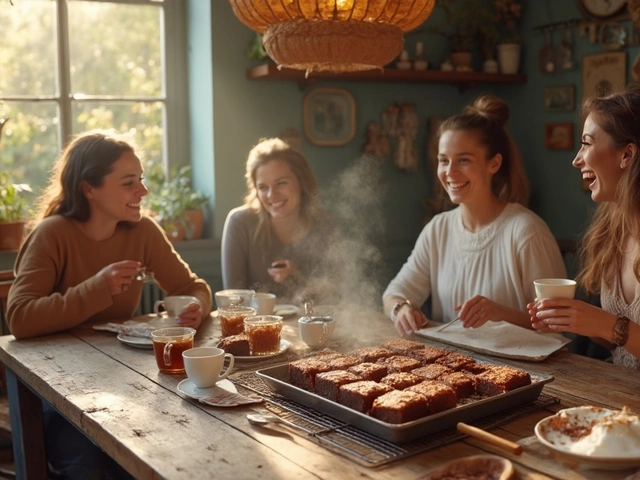
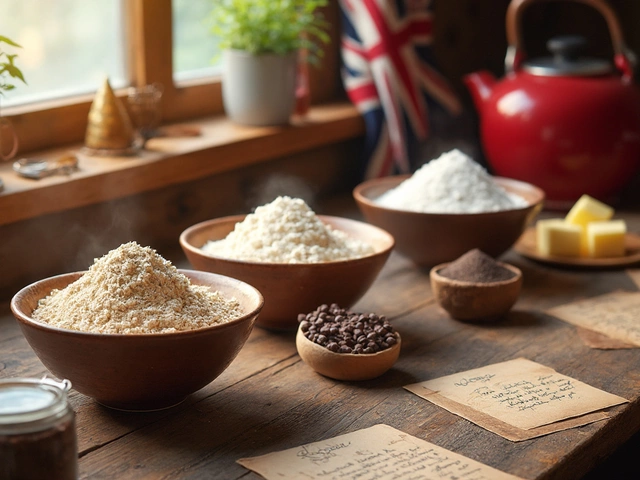
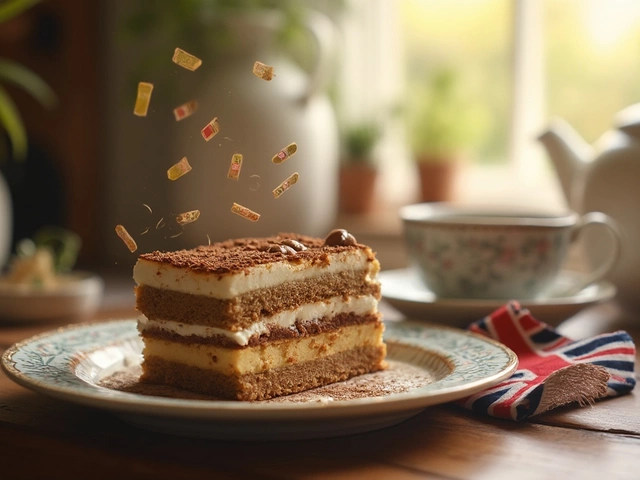

Write a comment